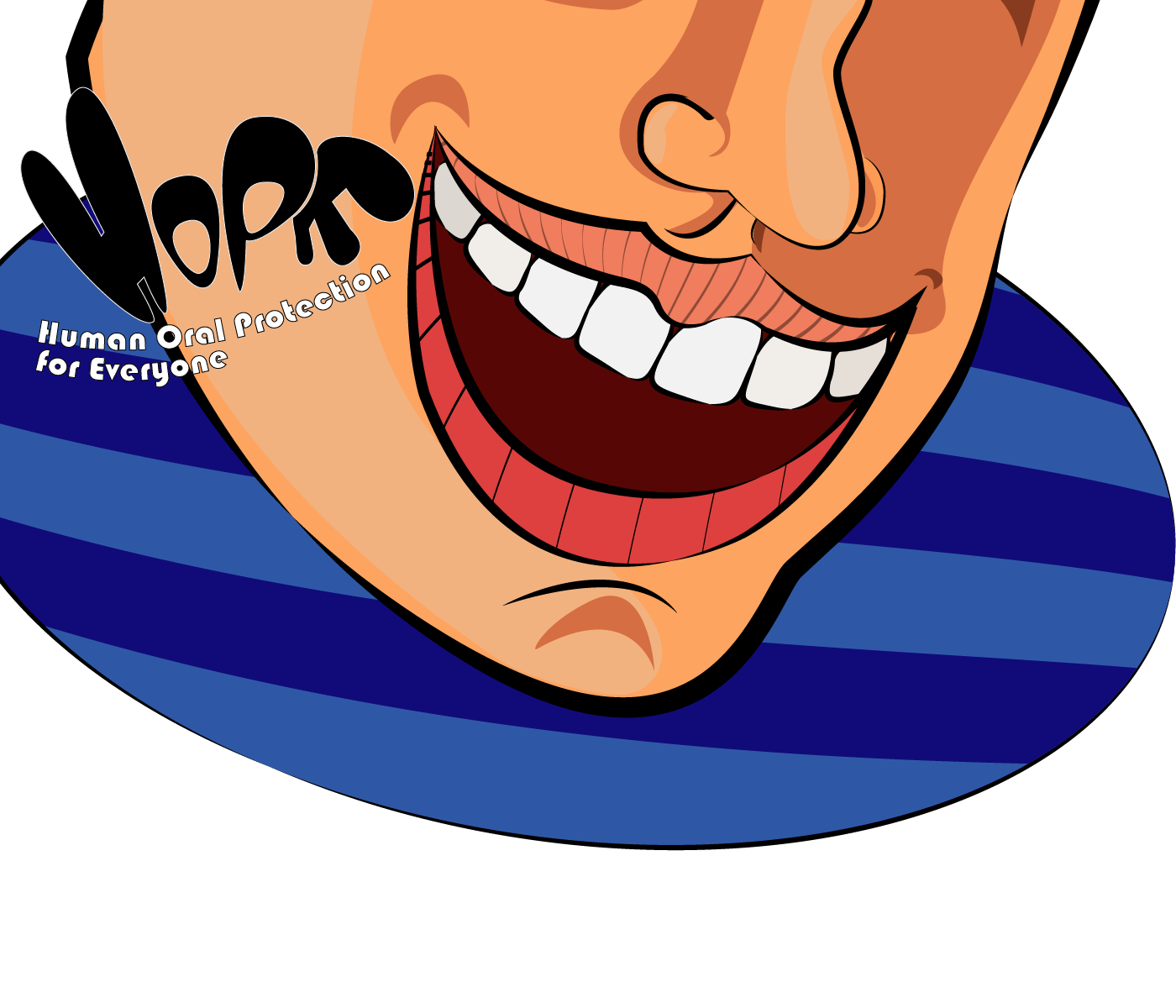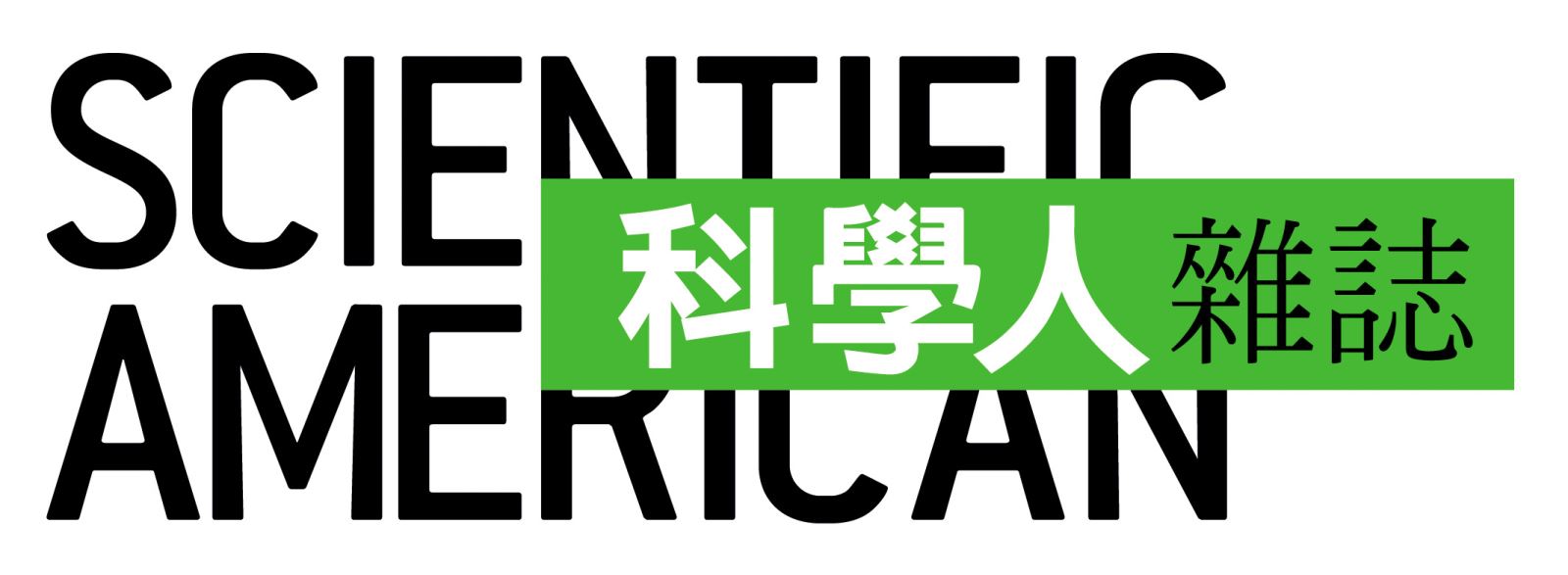Team:NYMU-Taipei/project/4c1
From 2014.igem.org
- The circuit produces enzymes to degrade biofilms of Streptococcus mutans.
- The circuit will be turned on when the environment is suitable for development of oral biofilms, which is under pH 4.0~5.0.
- The signal protein yebF can help to transport the product enzyme from E.coli to its extracellular environment.
purpose
background
design
Functional Measurement
result
Purpose
Streptococcus Mutans will form biofilms, a polymeric conglomeration generally consists of extracellular DNA, proteins, and polysaccharides. Biofilm is known for causing dental plaque, tooth decay and gum infection. Also, biofilm make it hard for our engineered probiotics to capture and kill the streptococcus mutans inside our mouths. Nowadays, the most basic way of removing biofilm is by physical methods such as brushing one's teeth regularly. However, there are many people who are not able to do so themselves, so we wanted to innovate and create a biological method to get rid of biofilms with our engineered probiotics. Therefore, we are going to design a circuit that produce several enzymes to destroy biofilm structure.
Background
Extracellular polymeric substance (EPS) is important in the formation of biofilm. The EPS matrix consists of polysaccharides, proteins and nucleic acids. The dense extracellular matrix of the biofilms and the outer layer of cells protect the interior of the community, and in some cases, even increase antibiotic resistance. Even though the biofilm seem to be robust, we found that enzymatic degradation is able to weaken the biofilm structure.
As mentioned before, we are going to use antibiofilm enzyme as our tool. According to 2012 INSA-Lyon and HIT-Harbin iGEM teams, we decided to use lysostaphin as our ideal enzyme. Lysostaphin has activities of 3 enzymes, including glycylglycine endopeptidase, endo-β-N-acetyl glucosamidase and N-acteyl muramyl-L-alanine amidase. Those enzymes can cleave the glycine–glycine bonds, which form cross links between glycopeptide chains in the cell wall peptidoglycan, and cleave the peptidoglycan of a backbone made up of alternating β-1,4 linked N-acetylglucosamine and N-acetylmuramic acid residues as well.
Design
Promoter (Asr promoter)
The Asr promoter comes from Escherichia coli strain MG1655, and has the ability to be induced by external acidification (pH 4.0 ~ 5.0). The sequence of Asr promoter includes an open reading frame coding for a polypeptide consists of 111 amino acids. Besides, according to computer-assisted analysis, the predicted polypeptide also contains a typical signal sequence of 30 amino acids, and it might represent either a periplasmic protein or an outer membrane protein.
Signal protein (yebF with RBS)
As described in the killing part, yebF is a transporting protein naturally secreted by Escherichia coli, and it can also be used in experimental strains which are rarely involved in protein secretion.
Lysostaphin producer (iGEM part BBa_K748002)
Part BBa_K748002 comes from 2012 HIT-Harbin iGEM team, and it encodes lysostaphin. Lysostaphin is naturally secreted by Staphylococcus simulans. It is a zinc-containing metalloenzyme of 27 kDa, and has activities of three different enzymes, which are glycylglycine endopeptidase, endo-β-N-acetyl glucosamidase and N-acetyl-muramyl-L-alanine amidase. Glycylglycine endopeptidase hydrolyzes glycylglycine bonds in the polyglycine bridges that form cross links between glycopeptide chains in the cell wall peptidoglycan. As for endo-β-N-acetyl glucosamidase and N-acetyl-muramyl-L-alanine amidase, they can cleave the bonds between N-acetyl glucosamine, N-acetyl muramic acid and alanine respectively. Moreover, lysostaphin is able to lyse actively growing and non-dividing cells in biofilms rapidly, whereas most antibiotics works effectively only on actively dividing cells. Last but not least, lysostaphin has low toxic and cause nearly no side effect on human body. Therefore, we select it as our lytic enzyme against the biofilms of Streptococcus mutans.
Terminator (iGEM part BBa_B0015)
A double terminator composed of B0010 and B0012. It has used by many previous teams, and have strong terminating force.
Functional Measurement
For testing our circuit’s function, we designed a set of experiments.
Stage one— Test the Asr promoter
Asr promoter(with RBS)+RFP+Terminator
Transform the circuit to Escherichia coli, and grow the modified E. coli on agar plates overnight.
Steps:
- Pick both red and non-red colonies, and grow the E.coli in separate liquid cultures.
- Prepare 2 sets of 2 plates, one pH 4 and one pH 7. Spread the red strain liquid culture on one set of the ph4 and 7 plates, and repeat on the other set with the non-red strain.
- Select the strain that expresses growth differences from the previous step. Prepare two of each liquid culture tubes for pH 3.5, 4, 4.5, 5, 5.5, 6, 6.5, and 7, and grow the selected strain in all tubes. Use the growth data from each tube to plot the precise effect of pH on asr promoter.
- Measure the OD value (RFP/bacterium number).
Stage two— Test the signal protein yebF
(1) J23100+yebF(with RBS)+RFP+Terminator
(2) J23100+RFP+Terminator
Transform both circuits to Escherichia coli, and grow the modified E.coli liquid culture overnight.
Steps:
- Adjust the two cultures to the approximate OD value.
- Centrifuge the cultures and extract the supernatants.
- If the YebF signal sequence does work, the E.coli supernatant containing first circuit should be red while the second circuit having normal culture color.
Stage three—Test the lysostaphin producer iGEM part BBa_K748002 with yebF
(1) J23100-(RBS)yebF-lysostaphin-terminator
(2) J23100-(RBS)yebF-terminator
Steps:
- Transform both circuits to Escherichia coli, and grow the modified E.coli liquid culture overnight. At the meantime, culture Streptococcus mutans biofilms, and add crystal violet to label the location of the biofilms.
- Adjust the two cultures to the approximate OD value.
- Centrifuge the cultures and extract the supernatants.
- Finally, add the solution into the liquid culture of Streptococcus mutans. Use confocal microscope to check the crystal violet stain. The amount of crystal violet stain can show if the biofilms are degraded or not.
 "
"




















